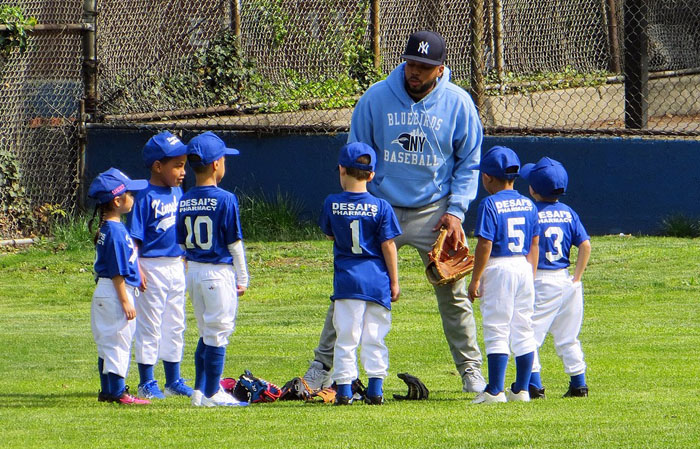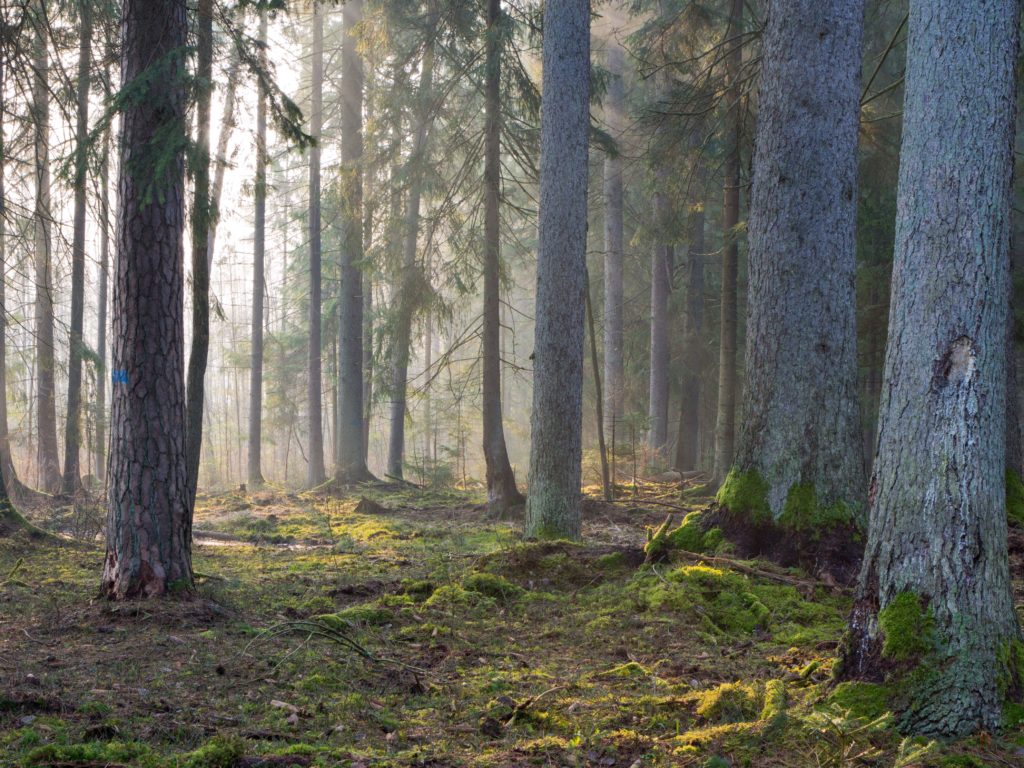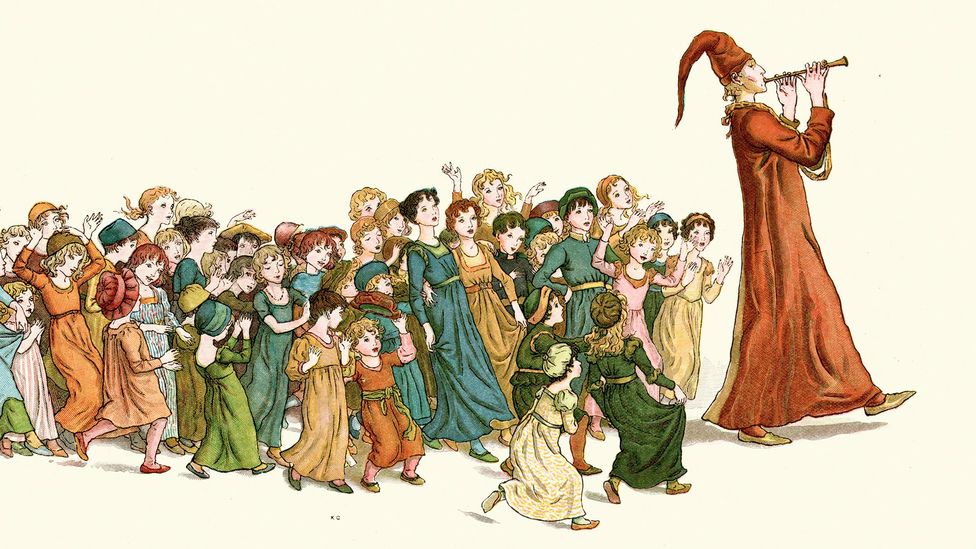
A lot of people seem depressed to me. It’s particularly disheartening when their rage against the machine casts a pall over the smiles and chat that they’re aiming in my direction.
We all process life’s traumas differently of course, but many of us do so by burying them. it’s just not far enough down to hold our game faces in front of anyone who’s paying attention.
We get depressed for some of the same reasons that we suffer from PTSD.
During America’s wars in Iraq and Afghanistan—and given the unrepaired damage that lingered from Vietnam 30-plus years before—there was a growing acknowledgement of PTSD (or post-traumatic stress disorder) and, more importantly, how to enable soldiers who had internalized the traumas of these battlefields to reach a kind of armistice with them so they could begin to heal as they made their transitions home.
Two books have changed my thinking about this healing process, and both suggest paths for recovering from traumas that have been branded on our psyches by war or by simply growing up in damaged families and communities. The first, about warriors struggling to find their ways back from war (and so much more), is “The Evil Hours: A Biography of Post-Traumatic Stress Disorder” (2015) by David Morris. The second, about recovering from traumatic experiences more generally, is called “The Body Keeps the Score: Brain, Mind and Body in the Healing of Trauma” (2016) by Besel van der Kolk. (It’s telling, I think, that Van der Kolk’s important book is still a top-10, best-selling non-fiction title six years after it was first published.)
Both books are beautifully written and conceived, and both authors observe how pre-modern societies (unlike our own) enabled trauma survivors to recover through community-sponsored, participatory events. For instance, Morris talks at length about the role that performances of Greek tragedies (and the on-stage choruses that echoed audience reactions) had in finally bringing their returning soldiers back into their communities. Van der Kolk devotes some of his most powerful chapters to programs that teach victims how to “perform” their ways through the kinds of traumatic events that have been holding them hostage.
So I found a recent podcast about the healing that can come from reciting carefully-chosen speeches from Shakespeare’s plays to be yet another way to bring “what’s been damaged” out into the open—to give it both a deep breath and a plaintive voice—in an effort to weaken trauma’s hold on how we are and appear to our families and neighbors.
I wondered whether speaking famous lines from a make-shift stage could actually help those who are shadowed by trauma to heal the wounds that still haunt them and are impossible to hide.

Since I spend a lot of time writing, it’s hard to avoid “the slap to the side of my head” that at exactly the same time I’m grinding out another paragraph, fewer and fewer readers are actually reading anything more than the wordstreams that keep flashing across the surfaces of their phones. Maybe a podcast story like this one “about the healing power of literature” can help to reverse the TikTok-ing of our attention spans so that there will be somebody left with the bandwidth to read any book (and mine in particular) someday.
Of course that reversal will happen, I say to myself. It has to.
But whether it’s a book to read or a speech to recite, whenever advice is involved it also depends on “the quality of the uplift” that follows your words on the page or the ones that you’re delivering to an audience.
– So could learning to deliver, say, Gloucester’s speech in Shakespeare’s Richard III (the one that begins: “This is the winter of our discontent”), really help to counteract the conflict and darkness–and more importantly, the buried anger about that conflict and darkness–more effectively than either the “Can’t-you-just-get-over-it” advice or the anti-depressants that our culture keeps prescribing?
– Is Shakespeare’s poetry really that much fuller and more resonant with what we’ve actually been feeling and living than the clinical jargon that gestures “in the direction of” but fails to capture the full dimensions of our discontents?
– Is there also something about the iambic pentameter of Shakespeare’s lines that can fall into sync with our natural body rhythms, thereby slowing us down and calming us in spite of everything that was destabilizing us before?
A recent episode of The Pulse, “a podcast with stories at the heart of health, science, and innovation,” was posing all of these questions and making me wonder about the recognitions that the right words might invite and the healing power of their bodily cadences when we turn them into personal testimony in front of an audience.
– Could transforming Gloucester’s speech or Lady Macbeth’s “Out, Damned Spot” monologue into ones own witnessing about trauma actually relieve some of the pain that’s under the surface but still leaching out?
– Could aspects of “a cure like this” be bottled and taken home for medicinal purposes, effectively turning our living rooms into mini-Globe theaters, instead of venting our inner demons whenever we scream at customer service representatives over the phone, assault flight attendants while we’re traveling, threaten poll workers when it’s time to vote, or lash out at our spouses?
– Could “magical words, passionately spoken” offer any kind of pressure-relief valve for what’s plainly ailing so many of us?

At least until now, the program that was profiled onThe Pulse has been limited to trauma survivors-–both war veterans and others—who voluntarily come together for a kind of group therapy to (1) chronicle their particular injuries; (2) identify the Shakespearean passages that best reflect those injuries; (3) get some distance from the damage that’s been done by enlisting another group member for a dress rehearsal of those theatrical lines; and (4) learn how to sync breathing with delivery to present what amounts to “their own testimony about personal traumas” in front of the group.
The amount of healing that occurs in those who follow this arc was measured and found to be substantial.
According to Stephan Wolfert, the program’s founder, the support of similar group members is essential for trauma-sufferers to begin to heal. As comfort levels grow, participants create an inventory of their past injuries, including insomnia, occasions for shame and guilt, or when they’ve felt betrayed and abandoned. From reading excerpts of Shakespeare’s plays, they notice that some of his characters seem to be tortured by the same experiences. According to an article about Wolfert: participants who had felt “stupid” reading these plays in high school “entered the world of Shakespeare’s verse” as they began to feel a kinship between themselves and these characters.
An early challenge involved matching participant traumas with monologues in particular plays. Wolfert worked with Alisha Ali, who was part of a research team in applied psychology at NYU, to create an algorithm that could help with those matches. For example, someone with recurrent nightmares would be given the lines of a character with tormented sleep. With a “good-fitting” speech in hand, participants then hand off their “personal trauma monologues” to a trusted group member to rehearse and perform, gaining from it:
an ‘aesthetic distance’ from his or her own trauma, and from that distance, being able to feel empathy toward the [other] veteran who is performing [your] monologue. For veterans who are unable to forgive themselves for some wartime trauma, such as the death of a fellow soldier, this distance can provide the veteran with a new self-awareness and a path to self-forgiveness.
Because performing Shakespeare is a physical act that requires training, members of the group then turn to improving breath control for delivering lines that are written in iambic pentameter and, as such, have their own unique stops, starts and rhythms. Through his work with Ali, Wolfert began to notice how closely “the beat” in Shakespeare’s verse echoes the rhythms of the human heart, and how encouraging performers to breathe around each line can reduce “heart rate variability”—a regulator of stress in PTSD sufferers—as well as deepening their appreciation of what they’ve been feeling while reciting them.
In the podcast, one group participant described how this breath-work around Shakespeare’s lines worked for him. By alternating each line with a breath, he noticed that:
it softens, just that breathing between each line, it softens the reading so that the lines almost melt into your breath, ‘cause you’re inhaling and exhaling while you read, almost like you’re not reading it but breathing it, and that’s when the meaning of the words comes in.
At first, the rush of “his sense of aloneness from all directions” overwhelmed him to such a degree that he broke down. These kinds of recognitions and releases of pent-up emotions continued for all participants as they delivered their final testimonies using Shakespeare’s words.
All the while, Ali used scientific measures to document health improvements in the group’s participants. She noticed how “immersion” in the verse and “feeling” its rhymes and rhythms through intermittent breathing counteracts the kind of “shallow breathing” that is common when someone is in a near-constant state of fight and flight, which many PTSD sufferers are. At the same time, she noticed how a new sense of calm enabled participants to hold their traumas in a somewhat safer place.
Ali also noted how this kind of play-acting produces “significant increases in self-efficacy,” with participants gaining a greater belief in their own abilities and competencies by owning and performing their experiences and, therefore, building confidence that they can hold jobs and socialize more effectively in spite of their injuries once they leave the group. Ali went on to record “significant improvements” in heart-rate variabilities and in “EEG” measurements that are associated with improved brain functioning among the program’s participants.
There seems little doubt that these men and women were more prepared to enter their new worlds by gaining a greater measure of control over old world traumas.

Another night’s entertainment.
Below is the front-end of Gloucester’s famous speech from Shakespeare’s Richard III (For its entirety, the last 13 stanzas can be found here.) If you’d like to “make a go” at it, try breathing “in” before and “out” as you recite each line—even if the only one who’s there to hear your testifying is a trusted pet. Notice how surrounding each line with breath deepens your appreciation of the words and how they resonate with your experience. And if you’re not feeling disconnections like these already, try to imagine how it might feel if you were fresh from a battlefield and returning to the supposed relief of an alien world that feels as misaligned as this one does.
Now is the winter of our discontent
Made glorious summer by this sun of York;
And all the clouds that lour’d upon our house
In the deep bosom of the ocean buried.
Now are our brows bound with victorious wreaths;
Our bruised arms hung up for monuments;
Our stern alarums changed to merry meetings,
Our dreadful marches to delightful measures.
Grim-visaged war hath smooth’d his wrinkled front;
And now, instead of mounting barbed steeds
To fright the souls of fearful adversaries,
He capers nimbly in a lady’s chamber
To the lascivious pleasing of a lute.
But I, that am not shaped for sportive tricks,
Nor made to court an amorous looking-glass;
I, that am rudely stamp’d, and want love’s majesty
To strut before a wanton ambling nymph;
I, that am curtail’d of this fair proportion,
Cheated of feature by dissembling nature,
Deformed, unfinish’d, sent before my time
Into this breathing world, scarce half made up,
And that so lamely and unfashionable
That dogs bark at me as I halt by them;
Why, I, in this weak piping time of peace,
Have no delight to pass away the time,
Unless to spy my shadow in the sun
And descant on mine own deformity:
And therefore, since I cannot prove a lover,
To entertain these fair well-spoken days,
I am determined to prove a villain
And hate the idle pleasures of these days.
Maybe you don’t have PTSD today, but are merely suffering the after-effects of lesser traumas in a world that’s still alarming and frequently destabilizing.
Maybe taking a breath–and cushioning the words for such traumas in the moment that you exhale them–can soften the daily body blows, deepen your breathing and slow a racing heart.
Maybe it’s worth it to keep finding “the words” for the traumas around “just plain living and working,” and that one of the best reasons to read may be how books, plays and poems—particularly great ones—can give us more evocative words than we have already to move us from alienation today to a more comfortable world tomorrow. “The right words” can help us to breathe our sufferings in and then out in an effort to move beyond them.
(In the meantime, your captive audience may not always know what’s going on when the stage lights dim and the costumes come out, but hopefully will join you in feeling the air get a little bit lighter after each performance.)
+ + +
This post was adapted from my November 13, 2022 newsletter. Newsletters are delivered to subscribers’ in-boxes every Sunday morning, and sometimes I post the content from one of them here. You can subscribe (and not miss any of them) by leaving your email address in the column to the right.













